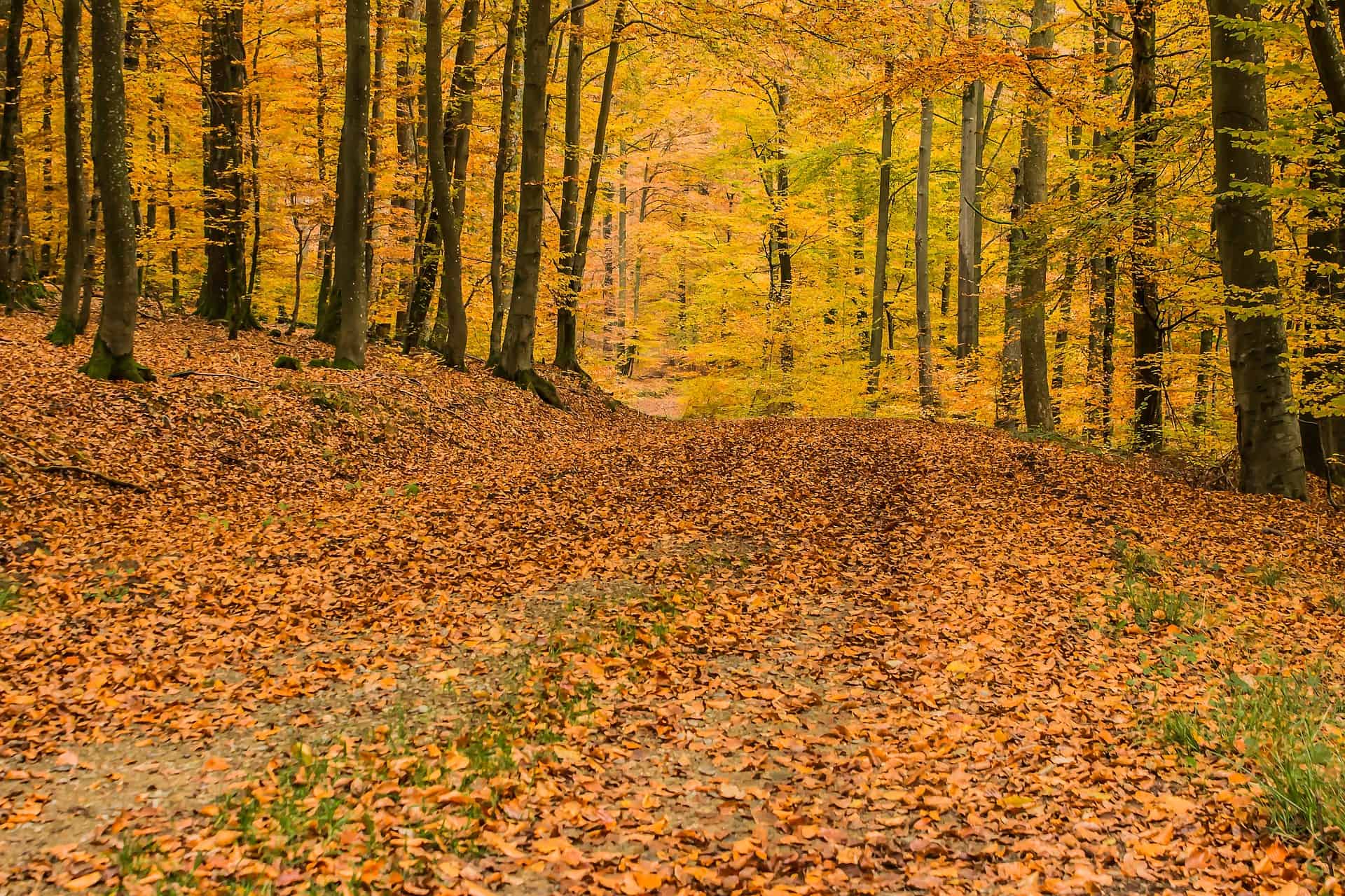The forest floor, often overlooked as a backdrop to towering trees, is a hidden world teeming with life. Beneath the fallen leaves and decaying wood lies a complex ecosystem, a vital component of a healthy deciduous forest. Let's embark on a journey to discover the fascinating creatures, intricate processes, and surprising adaptations that make the forest floor a vibrant theater of nature.
The forest floor is a smorgasbord for decomposers, the unsung heroes of the ecosystem. Fallen leaves, twigs, and branches provide a constant supply of organic matter. These decomposers, including fungi, bacteria, and invertebrates like earthworms and millipedes, break down this organic matter into simpler nutrients. This process, essential for a healthy forest, unlocks nutrients trapped in dead plant material and makes them available for new plant growth.
The forest floor is a haven for a diverse array of creatures, each playing a crucial role in the ecosystem's balance. Here are some fascinating inhabitants you might encounter:
- Invertebrates: Beetles, millipedes, centipedes, and earthworms are just a few examples of the abundant invertebrates that call the forest floor home. They contribute to decomposition, prey for larger animals, and aerate the soil with their burrowing activities.
- Small Mammals: Squirrels, mice, and shrews scavenge for seeds, nuts, and berries that fall from trees above. These critters play a vital role in seed dispersal, as they often bury some of their bounty, inadvertently planting new trees.
- Amphibians: Damp and shady conditions on the forest floor provide the perfect habitat for salamanders and frogs. These amphibians play a role in predator-prey dynamics, consuming insects and invertebrates.
- Hedgehogs: These nocturnal creatures with spiky coats use their keen sense of smell to find beetles, earthworms, and other tasty morsels on the forest floor.
Life on the forest floor presents unique challenges. Here are some remarkable adaptations that allow creatures to thrive:
- Decomposers: Fungi secrete enzymes that break down complex organic molecules, allowing them to access nutrients from dead plant material. Earthworms have a specialized digestive system that allows them to extract nutrients from the soil they ingest.
- Small Mammals: Squirrels' bushy tails aid in balance as they navigate the forest canopy and floor. Hedgehogs have a tough exoskeleton that protects them from predators and allows them to roll into a ball for defense.
- Amphibians: Salamanders have smooth, moist skin that allows them to absorb oxygen directly from the environment, a crucial adaptation for their damp habitat.
While sunlight is essential for most plants, the forest floor is a realm of shade-loving species. Ferns, with their delicate fronds, thrive in these conditions. Mosses, often clinging to damp rocks and tree trunks, create a lush green tapestry on the forest floor, adding to the biodiversity of the ecosystem.
The forest floor plays a vital role in the regeneration of the forest itself. Trees have developed ingenious strategies to disperse their seeds and ensure their survival:
- Wind Dispersal: Poplars and sycamores produce seeds with feathery appendages that catch the wind and carry them away from the parent tree, increasing the chances of finding a suitable spot for germination.
- Animal Dispersal: Rowan trees produce berries that are eaten by birds. The seeds pass through the digestive system of the bird and are deposited elsewhere, potentially far from the parent tree.
- Squirrels and Acorns: These resourceful rodents collect and bury acorns for later consumption. However, some buried acorns are forgotten, and these hidden treasures have the potential to germinate and grow into new oak trees.
The forest floor, often unseen and unnoticed, is a vital component of a healthy deciduous forest. It is a world teeming with life, from decomposers breaking down organic matter to a diverse array of creatures finding food and shelter.
Tags:
Science

